How to Replace MerCruiser Single-Point Drain System: Step-by-Step Installation Guide
Short on time? Hear the article’s key takeaways in this 14-minute audio overview.
A leaking or malfunctioning single-point drain system can lead to serious issues, from water in the bilge to catastrophic engine damage from freezing during winterization.
This guide will walk you through the process of replacing the single-point drain housing on a common MerCruiser 5.0 MPI Alpha One. While the specific engine shown here is a 2004 model, the procedure is very similar for many MerCruiser small-block V8 engines equipped with this type of plastic drain system.
Let’s get started.
Tools & Parts You’ll Need
- Flat-blade screwdriver or 1/4″ socket driver (hose clamps)
- Small pry bar or needle-nose pliers (tiny C-clip)
- Shop rag (catches runaway hardware)
- Replacement Water-Drain Distribution Housing Assembly
Tip: Lay the rag beneath the work area—dropping that C-clip into the bilge is no fun.
Step 1: What Are the Key Components of This System?
Before you begin, it’s important to familiarize yourself with the parts you’ll be handling.
- Locating the Drain System: The system is located at the front-bottom of the engine, near the main pulleys. It’s a black plastic assembly with several large coolant hoses connected to it.
-
Identifying Key Components:
- Actuator Rod (Plunger Shaft): A long rod with a blue or red T-handle, used to open and close the drain valve.
- Drain Housing: The black plastic body that all the drain hoses connect to. This is the core component you will be replacing.
- Retaining C-Clip: A small metal clip that secures the actuator rod to a guide bracket, preventing accidental removal.
- Drain Hoses: Typically three hoses drain water from different parts of the engine.

Step 2: Disassemble the Old System
Now we will remove the old, faulty housing.
Remove the Actuator Rod
- Locate the retaining C-Clip where the actuator rod passes through its metal guide bracket.
- Important: This clip is small and easy to lose. Place a rag underneath to catch it if it falls. Carefully pry it off with a small screwdriver or pick and keep it safe.
- Once the clip is off, pull the entire actuator rod straight up and out.

Disconnect the Hoses
- Using a flathead screwdriver or nut driver, loosen the clamps on the three hoses attached to the old drain housing.
- Carefully pull each hose off the housing ports. If stuck, gently twist with pliers or warm the hose end with a heat gun to soften it.
Remove the Old Housing
With all hoses disconnected, lift the old drain-housing assembly out of the engine bay.

Step 3: Understand the Working Principle (Optional)
Taking a moment to see how your new part works will ensure a perfect installation.
- Pushing the actuator rod down and turning the handle seals a drain hole inside the housing—this is the normal run position.
- Pulling the rod up and turning the handle uncovers the drain hole—this is the drain position.
- Grooves on the rod and inside the housing lock it in the open or closed position with a quarter-turn.

Step 4: Install the New System
Install the New Housing
- Place the new Water-Drain Distribution Housing into position.
- Reconnect the three drain hoses to the correct ports and tighten the hose clamps securely.

Install the Actuator Rod & Secure the C-Clip
- Guide the actuator rod down through the top guide bracket and into the central port of the new housing.
- Press the saved C-clip back into the rod groove until you feel a firm snap. Gently pull up on the rod to confirm it’s secure.

Step 5: Final Checks
- Test the operation: Push and pull the T-handle, turning it at each end to ensure it locks smoothly in both positions.
- Double-check tightness: Give each hose clamp a final check.
- Check for leaks: At the next engine run-up with water supply, inspect the new housing and connections for drips.
And that’s it! You’ve successfully installed your new drain housing.
Happy boating!
FAQ
Is a metal housing tougher than the plastic one?
Metal sounds tougher, but MerCruiser’s engineered plastic won’t corrode and is designed for marine service. Proper installation and annual checks matter more than material choice.
My bilge is wet—does that mean the drain housing is leaking?
Not always, but it’s the first place to inspect. Other suspects include loose hoses, gaskets, or the raw-water pump.
Does this guide apply to my 4.3 L V-6?
Yes—engines with single-point drain (4.3 L, 5.7 L, 6.2 L) share the same basic procedure.
Hi—I’m Jim Walker
I grew up in a Florida boatyard, earning pocket money (and a few scars) by rebuilding outboard carbs before I could drive. That hands-on habit carried me through a Ph.D. in mechanical engineering, where I studied how salt water quietly murders metal.
I spent ten years designing cooling systems for high-horsepower outboards, then joined JLM Marine as CTO. We bench-test every new part in the lab, but I still bolt early prototypes onto my own 23-foot skiff for a weekend shake-down— nothing beats real wake and spray for finding weak spots.
Here on the blog I share the fixes and shortcuts I’ve learned so your engine—and your day on the water—run smooth.

Para propietarios de embarcaciones:
Para ayudarlo a mantener y reparar sus motores marinos, esperamos que los siguientes recursos puedan serle de utilidad:
- Guía de números de serie de Mercury
- Manuales del propietario de Mercury
- Guía de referencia oficial de números de modelo en formato PDF de BRP
- Guía de números de serie de Johnson
-
Accesorios para barcos de JLM Marine
Acerca de JLM Marine
Fundada en 2002, JLM Marine se ha consolidado como un fabricante dedicado de piezas marinas de alta calidad, con sede en China. Nuestro compromiso con la excelencia en la fabricación nos ha ganado la confianza de las principales marcas marinas a nivel mundial.
Como proveedor directo, evitamos intermediarios, lo que nos permite ofrecer precios competitivos sin comprometer la calidad. Este enfoque no solo promueve la rentabilidad, sino que también garantiza que nuestros clientes reciban el mejor valor directamente del proveedor.
Estamos entusiasmados de ampliar nuestro alcance a través de canales minoristas, llevando nuestra experiencia y compromiso con la calidad directamente a los propietarios de embarcaciones y entusiastas de todo el mundo.

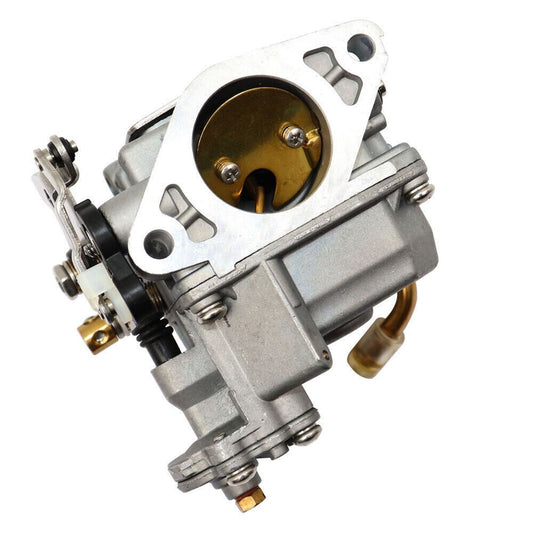
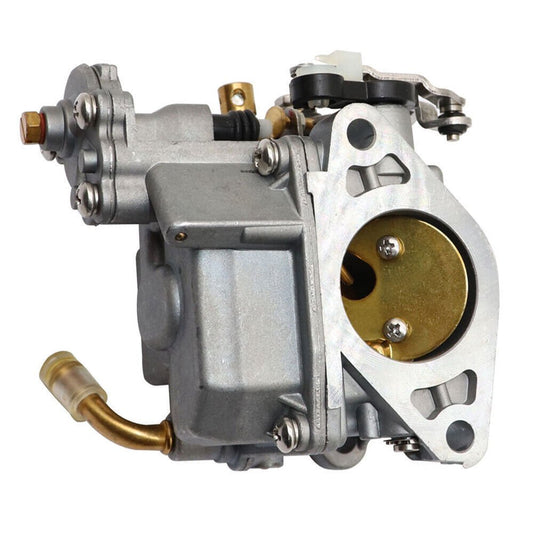
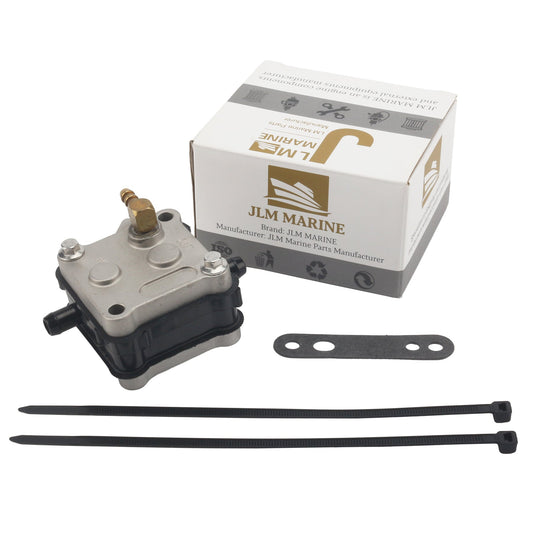
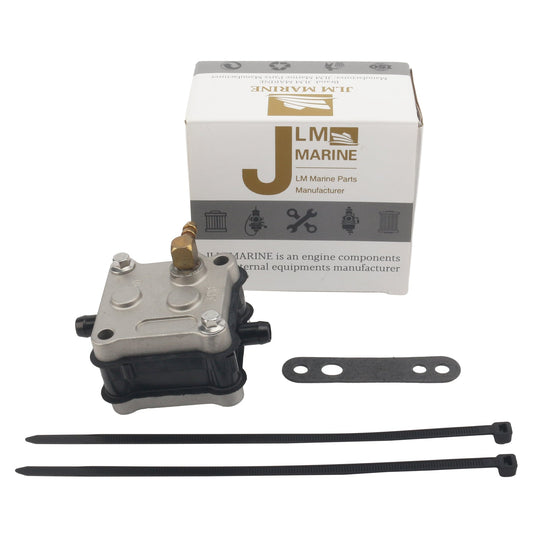
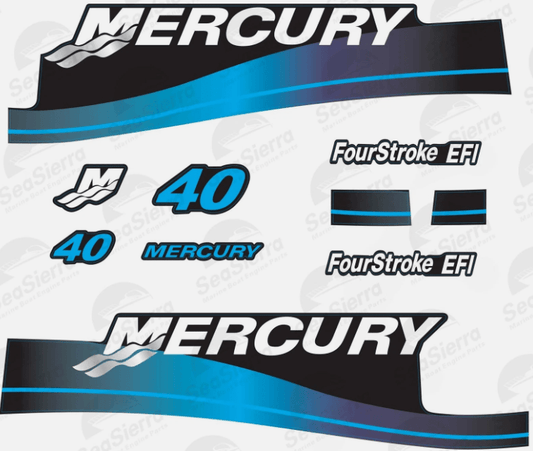
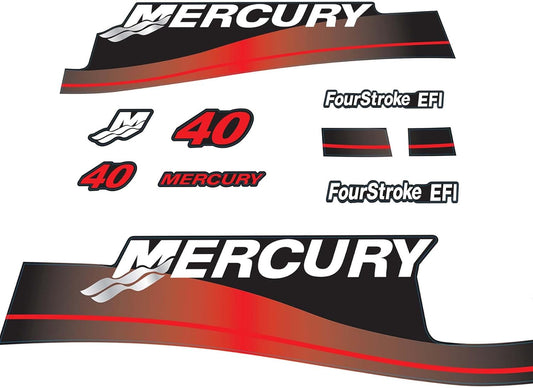
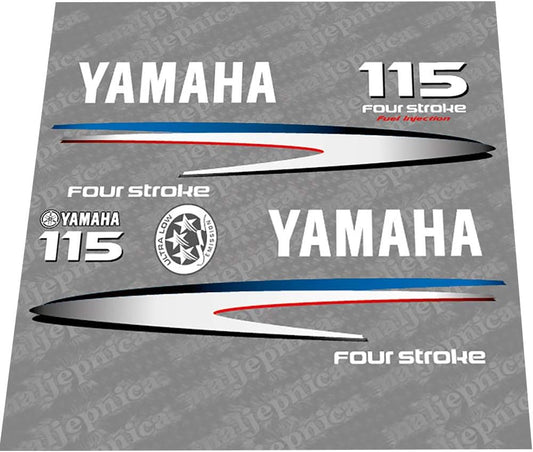
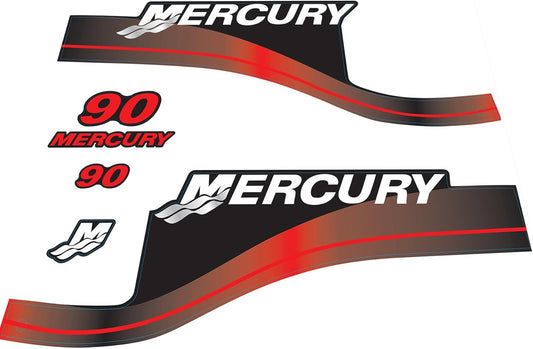
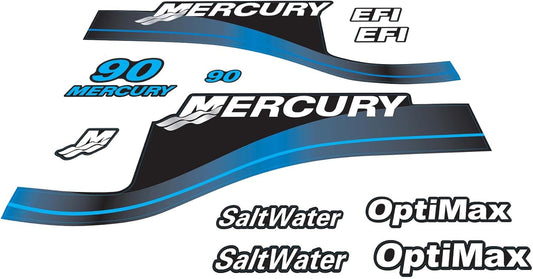
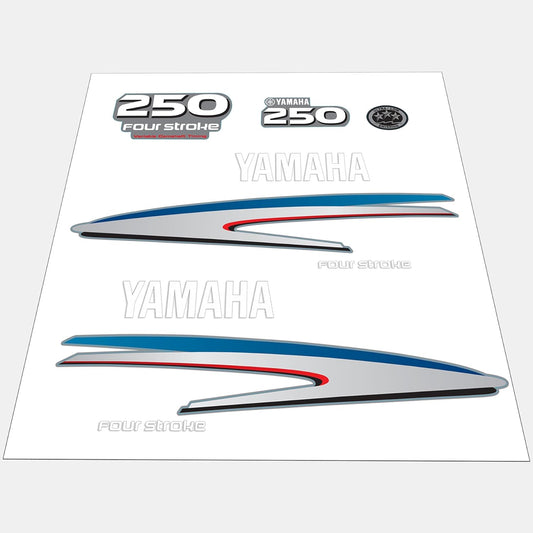
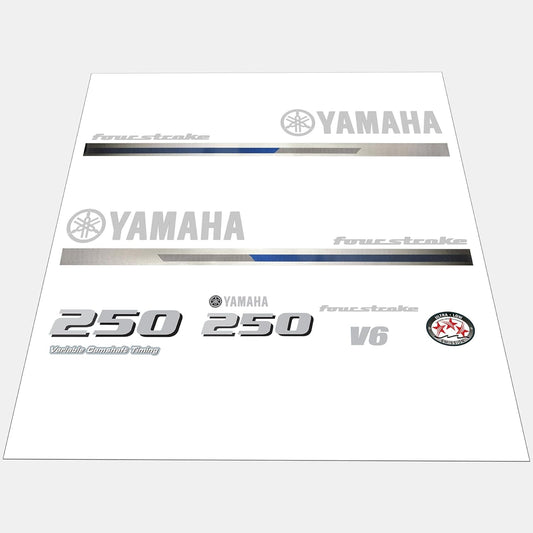



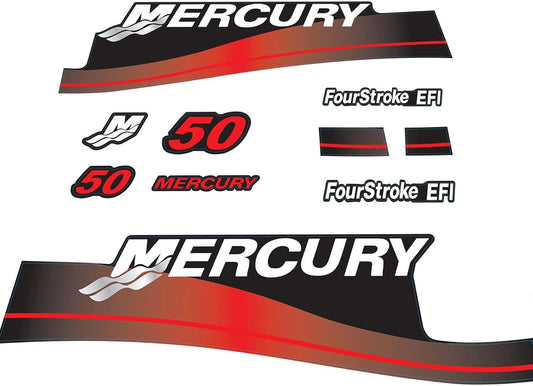
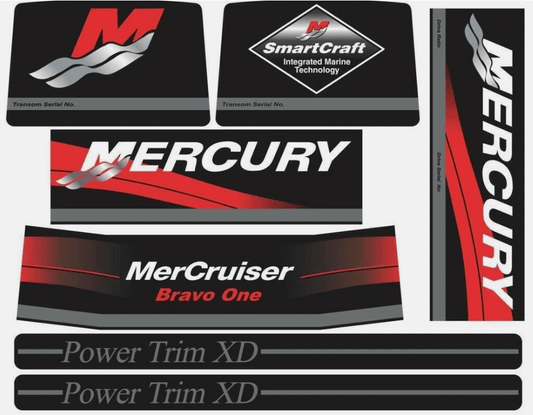
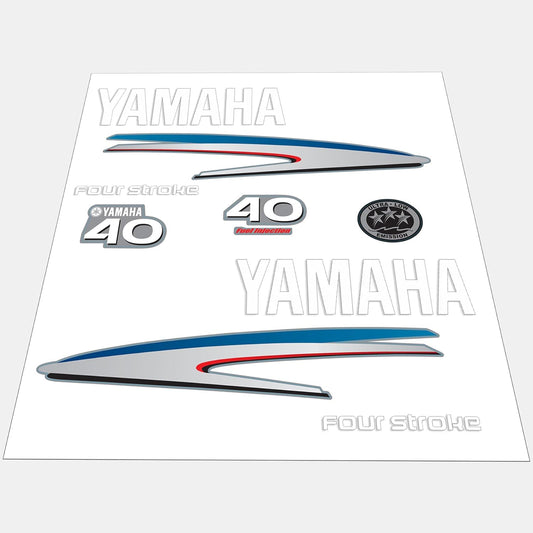
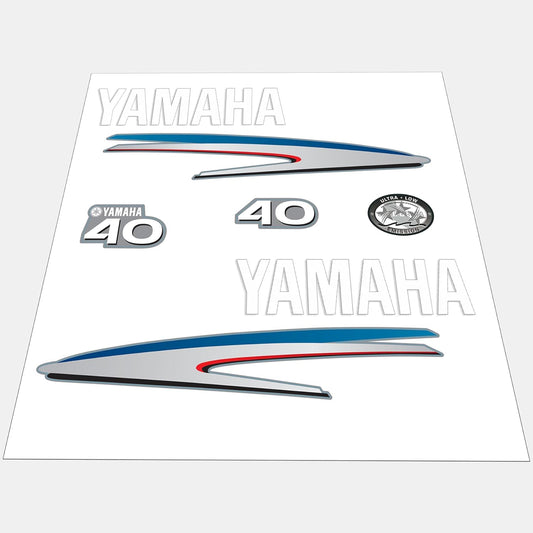
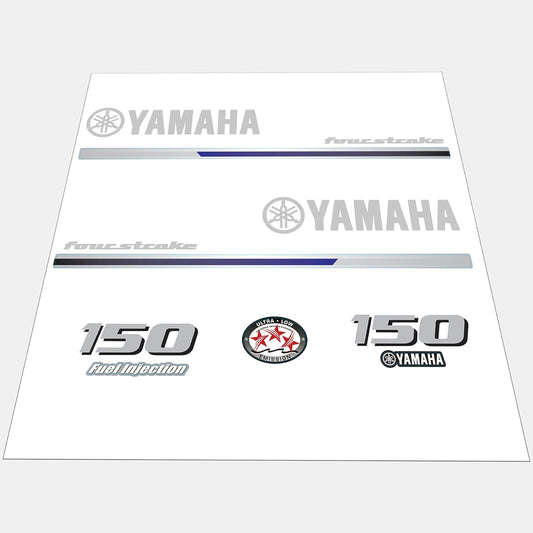
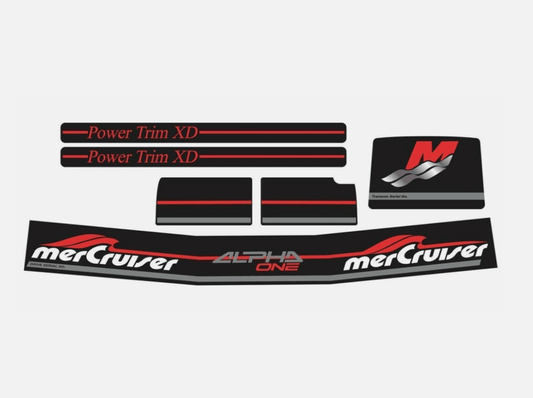

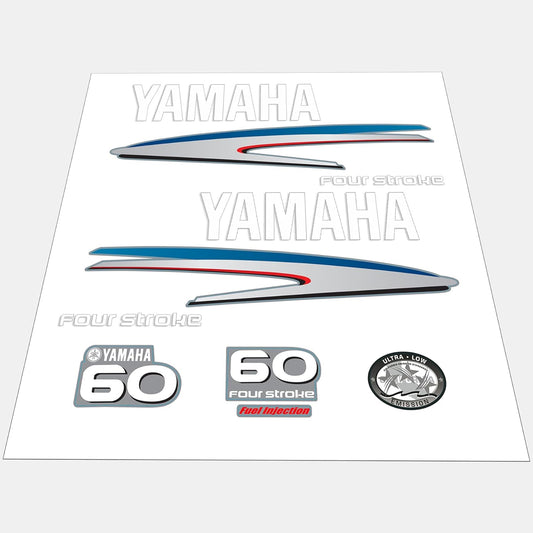
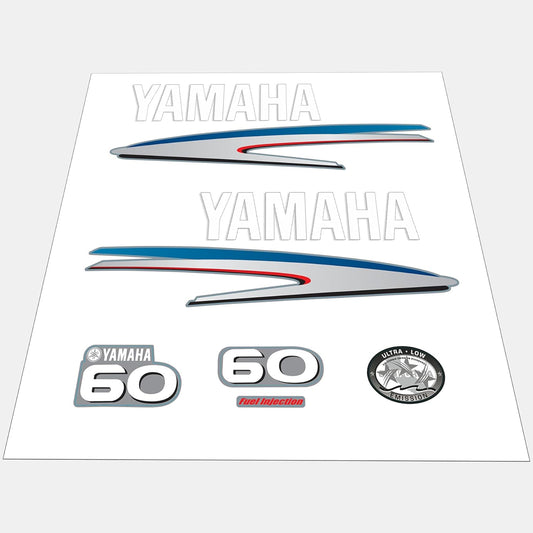
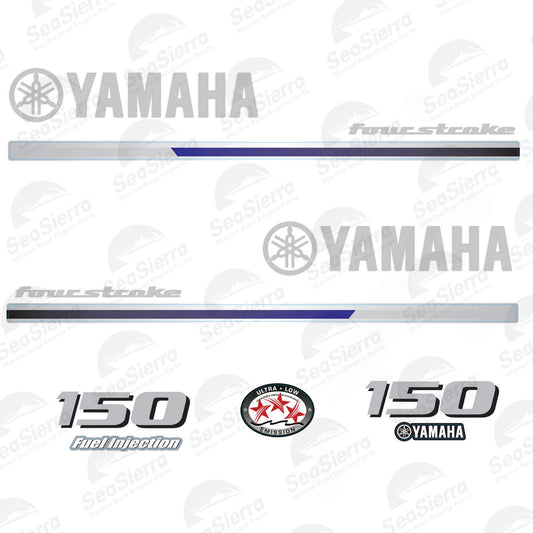
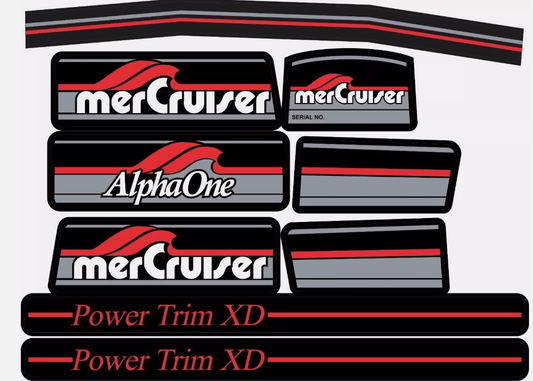
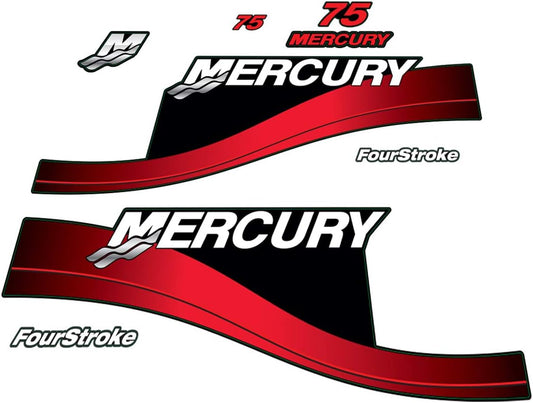
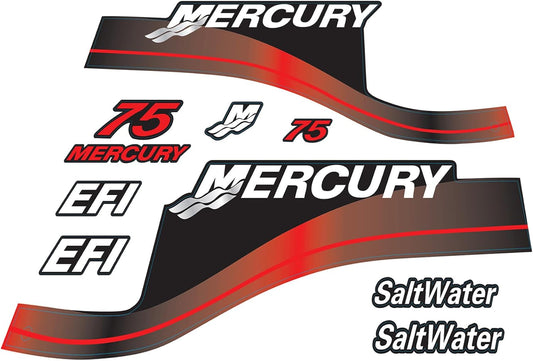
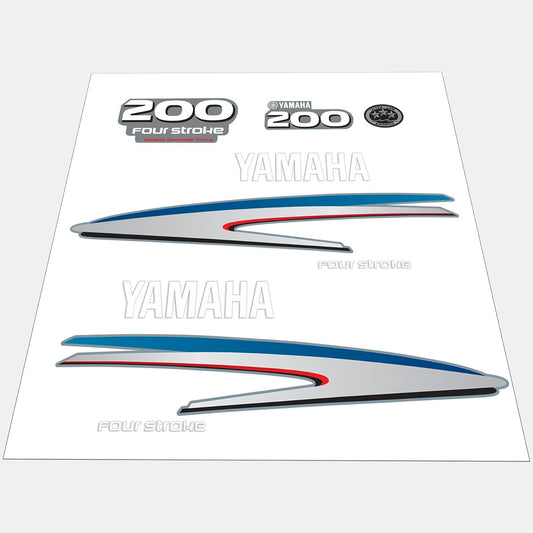
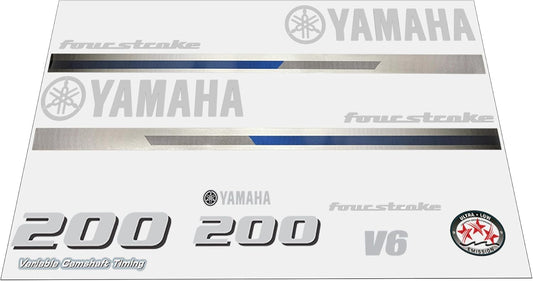
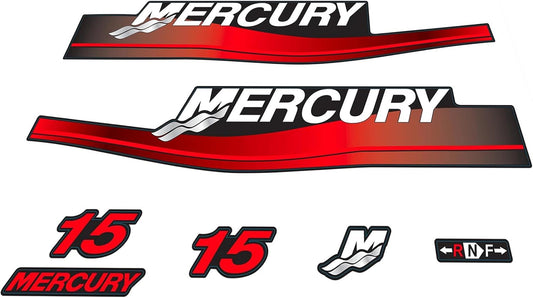

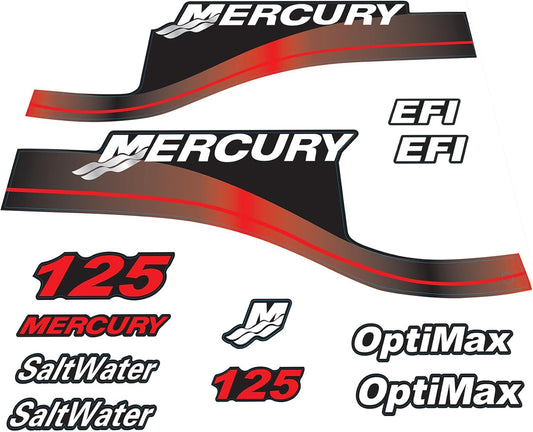


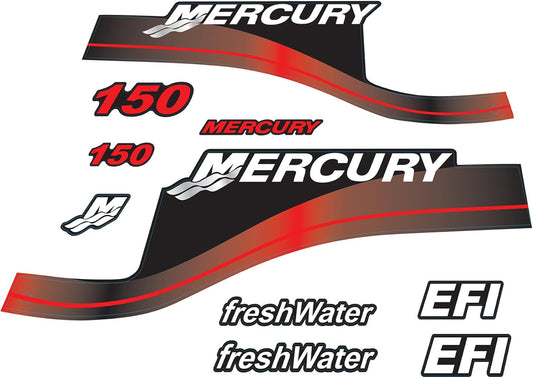
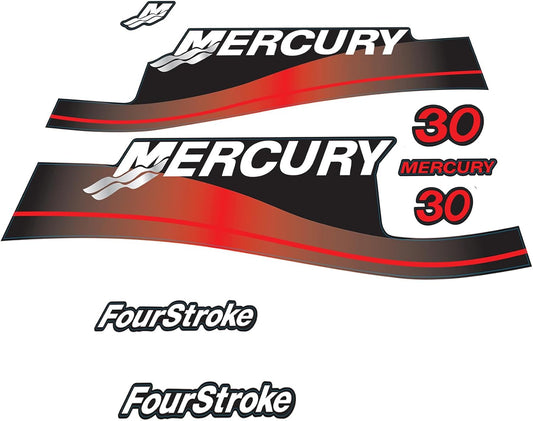
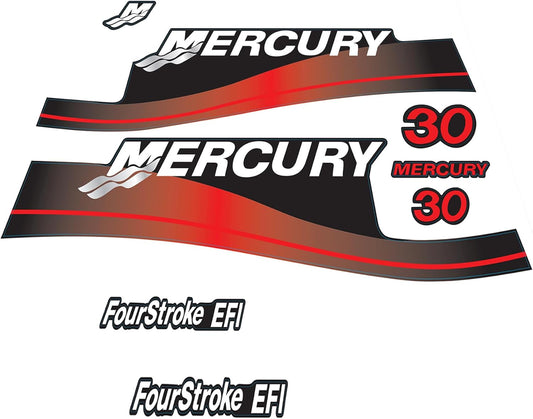
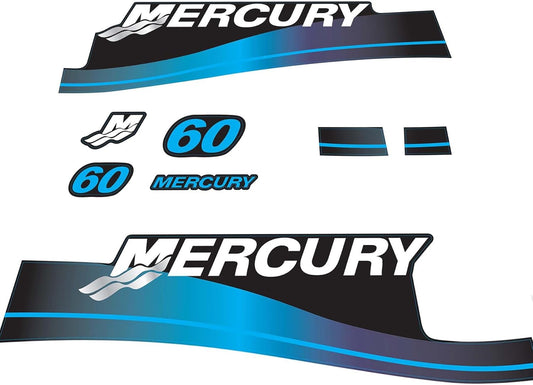
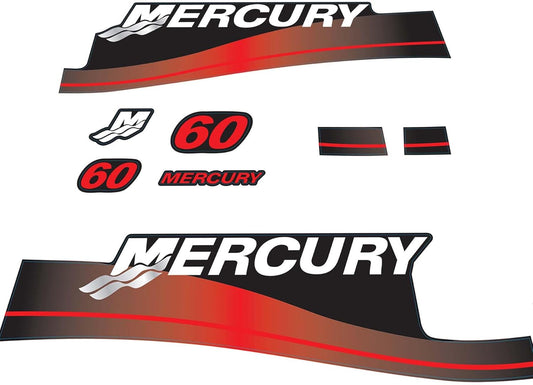
Leave a comment
Please note, comments need to be approved before they are published.